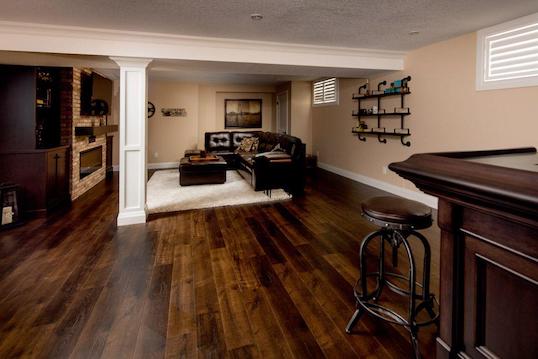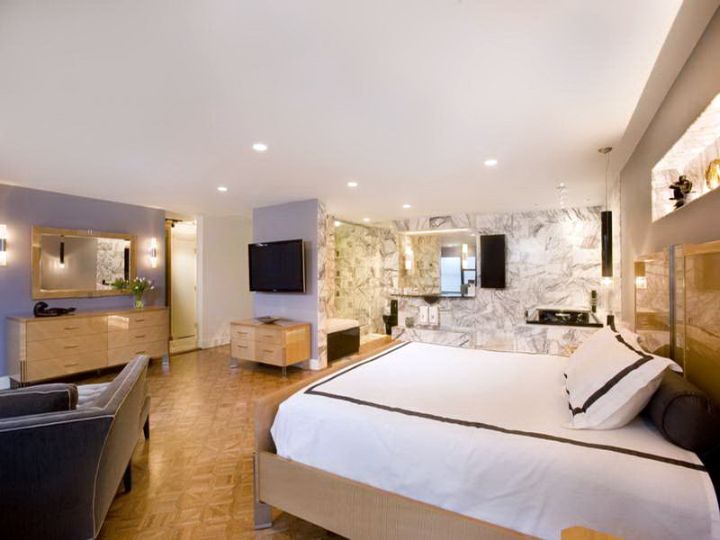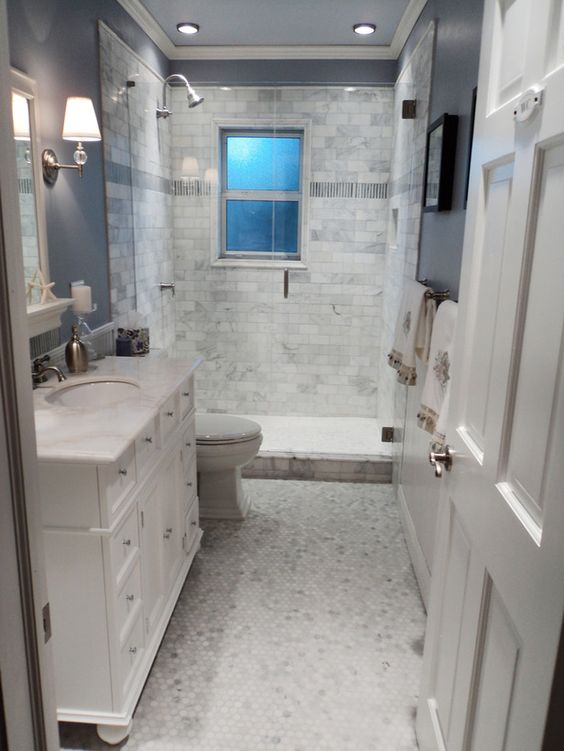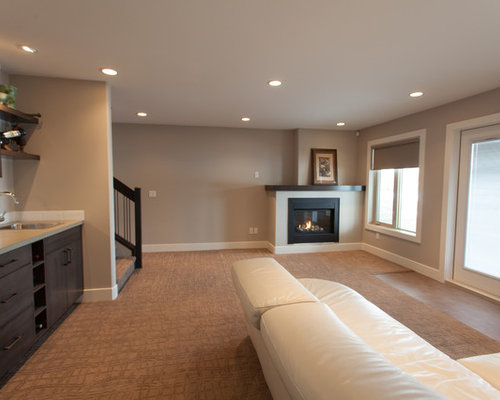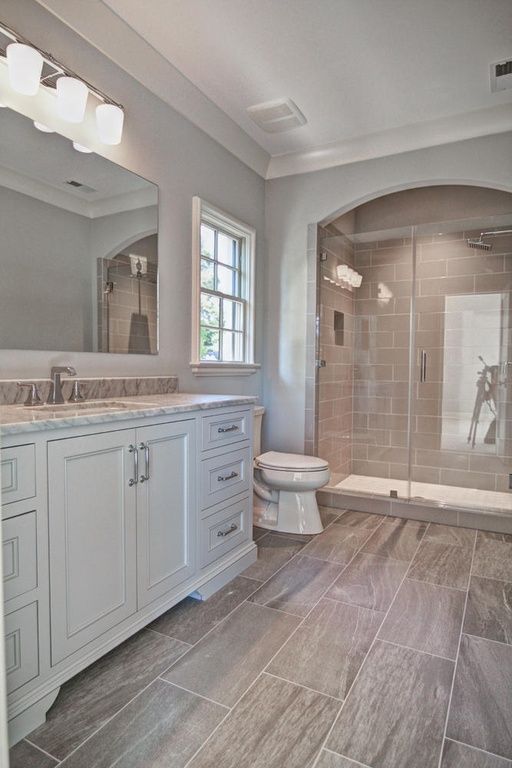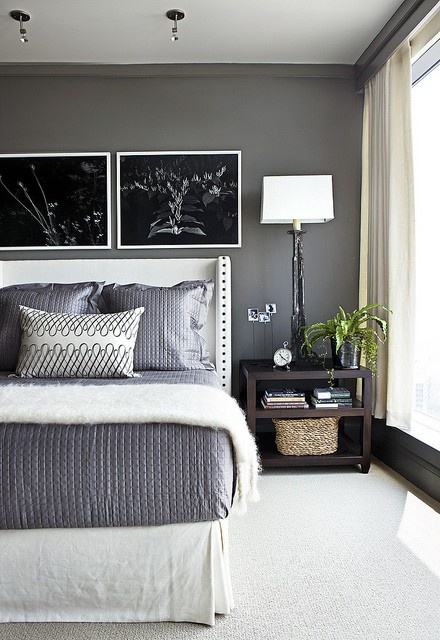Choosing the right color for your basement floor depends on lighting, size, and intended use. Light gray is a versatile neutral that brightens dark basements while hiding dirt well. Beige or cream tones create warmth in spaces used for family gatherings or playrooms. Dark charcoal or espresso brown adds sophistication to home theaters or wine cellars, but requires good lighting. Two-tone designs with borders or geometric patterns can define different activity zones in open basements. Consider how the floor color will interact with existing walls and furnishings for a cohesive look.
Concrete stains offer rich color options for unfinished basement floors. Semi-transparent blue-gray stains create an industrial loft aesthetic when paired with exposed pipes. Earthy terracotta stains warm up cold concrete in basement workshops or craft rooms. Acid stains produce marbled effects in greens or browns that hide imperfections well. Dark walnut stains mimic expensive wood flooring at a fraction of the cost. Test stains on inconspicuous areas first, as concrete porosity affects final color results. Properly sealed stained concrete resists moisture and wears well.
Epoxy floor coatings provide durable color solutions for basement floors. Solid gray epoxy offers a clean, modern garage-style look that’s easy to maintain. Flaked epoxy systems allow color combinations – try tan base with brown/black flakes for stone-like texture. Metallic epoxy in copper or silver creates dramatic effects for contemporary spaces. Bright white epoxy maximizes light reflection but shows every speck of dirt. Consider adding anti-slip additives to glossy finishes for safety. Professional epoxy application ensures proper adhesion to concrete.
Tile colors impact both aesthetics and basement functionality. Large-format porcelain tiles in slate gray provide uniform sophistication for entertaining areas. Textured beige ceramic tiles add warmth underfoot to basement bedrooms. Black-and-white checkerboard vinyl tiles create retro charm for game rooms. Mosaic tile accents in glass or stone add visual interest to plain floors. Ensure tile colors account for limited natural light – glossy dark tiles may create unwanted reflections. Grout color significantly affects overall appearance – dark grout hides stains in high-traffic zones.
Lighter flooring generally works best for small or dark basements. Pale oak laminate visually expands cramped basement apartments. Light gray luxury vinyl plank (LVP) offers waterproof durability for laundry areas. Whitewashed concrete with sealed finish brightens basement gyms. If using area rugs, ensure floor color complements rather than clashes with them. Sample boards help visualize how colors appear under basement lighting conditions before committing. The right floor color can make basements feel like natural extensions of upstairs living spaces rather than afterthoughts.
Basement paint colours Basement wall colors, Basement colors, Basement paint colors
Black and Forest Green Color Schemes For Bathroom Color Ideas 1000 Dark green bathrooms
How To Add A Basement Bathroom: 27 Ideas – DigsDigs
Basement Colors Houzz
How To Add A Basement Bathroom: 27 Ideas – DigsDigs
Basement Paint Colors Ideas {Decor} Basement Pinterest Basement paint colors, Basements
Best Stair Trim Ideas – Staircase Molding Designs
best finished basement images on Pinterest Basement ideas, Basement designs and Basement
Benjamin Moore Kendall Charcoal – Interiors By Color (9 interior decorating ideas)
Pin on Paint it
Related Posts:
